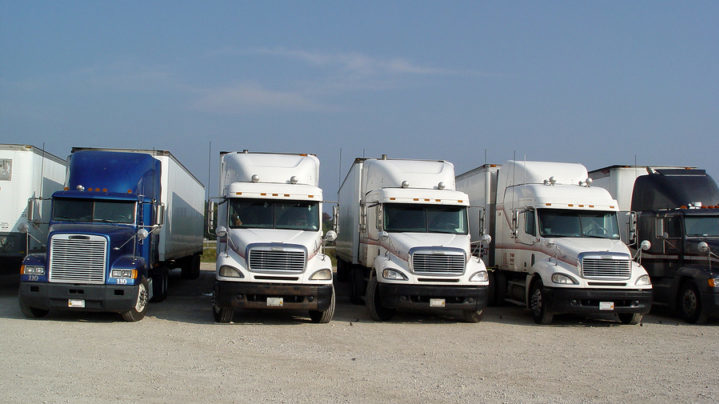Every small business that relies on delivering goods will be at various stages of “transport fitness” – from fully fit, efficient and enhancing profitability, to completely unfit with excess cost leakages and unreliable delivery performance.
Many small businesses will be somewhere in between, yet most will benefit from some improvement.
Like anything fitness-related, beware of fads and quick fixes – a truly efficient transport division takes some discipline and smarts, but is completely achievable. Start by nailing these five challenges:
Challenge one: Staffing issues
Managing staffing has always been a priority for a well-functioning delivery fleet, particularly regarding absenteeism. Yet talent shortages in transport and logistics continue to test small business.
A fit delivery fleet is set up with enough flexibility to adjust quickly – they can access resources at short notice to cover for absenteeism or unexpected peaks in demand by partnering with the right specialists.
Challenge two: Cost blowouts
There will always be unexpected accidents and breakdowns, and other unforeseen disruptions. But the risk of cost blowouts can be reduced with some discipline.
Success comes down to several factors: understanding all costs involved in your fleet; having the right fleet structure, such as the blend of in-house and outsourced resources you use; and the technology and systems you use.
Challenge three: Reliability during peak times
Whether your customers are B2C or B2B, expectations around parcel delivery continue to grow.
All fleets experience peak times where they are potentially stretched. A fit fleet is prepared for these inevitable peaks by having a fleet structure which is responsive and adaptable. It has never been more important to analyse your fleet performance and address any weaknesses – because when that next peak comes you want to fire on all cylinders and enjoy the spoils.
Challenge four: Technology
Small-to-mid-sized transport fleets have been under-resourced in this area, but there are now so many affordable options available that any fleet can access a basic level of tracking and proof-of-delivery.
A commitment to using the technology on a regular basis will bring several benefits, such as greater efficiency and lower fuel costs.
It’s also important any technology is resilient to the risk of cyber-attacks, which can disrupt operations and compromise customer data.
Challenge five: Consistent professionalism
A key to being consistently professional is having the right resourcing in place, including transport suppliers that can respond to your needs and make you look good.
There is a huge difference in professionalism among different transport suppliers, and you must ensure any supplier is appropriately licenced under your state’s labour-hire laws, as major penalties can apply.
Once you have the right resourcing in place, and you are on top of the other four challenges above, your professionalism and level of transport fitness will lift, bringing huge benefits to your business.















